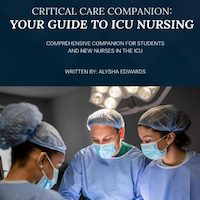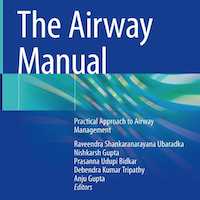Stories Category: Intensive Care
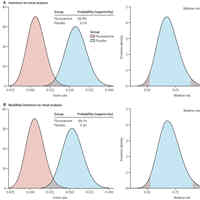
Effect of Early Fluvoxamine Treatment Among COVID-19 Patients
Treatment with fluvoxamine (100 mg twice daily for 10 days) among high-risk outpatients with early diagnosed COVID-19 reduced the need for hospitalisation defined as retention in a COVID-19 emergency setting or transfer to... read more
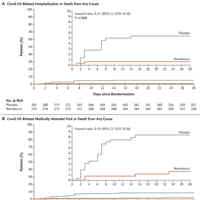
Early Remdesivir to Prevent Progression to Severe COVID-19 in Outpatients
Among nonhospitalized patients who were at high risk for Covid-19 progression, a 3-day course of remdesivir had an acceptable safety profile and resulted in an 87% lower risk of hospitalization or death than placebo. A... read more

Omicron Magnifies the Distress in the Health Care Labor System
In December 2020, to the tune of rousing cheers, the first health care workers began getting vaccinated against COVID-19. A year later, the cheers have died down, vaccination rates have plateaued, and the Omicron wave... read more
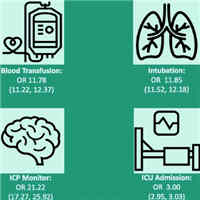
Predicting Outcomes in Pediatric Trauma Patients Using rSI Multiplied by GCS
Reverse shock index multiplied by Glasgow Coma Scale outperformed SI and shock index pediatric age-adjusted (SIPA) in the early identification of traumatically injured children at risk for early interventions, such as blood... read more
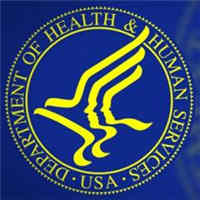
COVID-19 Guidance for Hospital Reporting and FAQs
Hospitals are responsible for reporting the information to the Federal government. Facilities should report at the individual hospital level, even if hospitals share a Centers for Medicare & Medicaid Services (CMS) Certification... read more

Consensus Process to Define Guiding Principles for Acute Perioperative Pain Management
The US Health and Human Services Pain Management Best Practices Inter-Agency Task Force initiated a public–private partnership which led to the publication of its report in 2019. The report emphasized the need for individualized,... read more
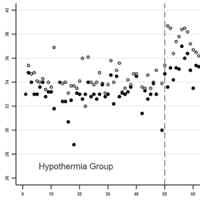
Hypothermia and Health-related Quality of Life Among Pediatric Cardiac Arrest Survivors
Out-of-hospital or in-hospital cardiac arrest treated with therapeutic hypothermia was associated with higher health-related quality of life scores despite having association with higher lactate and lower pH after resuscitation.... read more
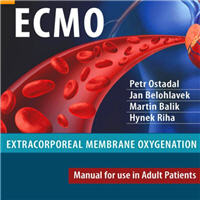
ECMO. Extracorporeal Membrane Oxygenation
Extracorporeal membrane oxygenation (ECMO), is a rapidly developing technology for supporting or even replacing heart and/or lung functions for days or weeks, giving the time for recovery, other therapeutic interventions... read more

Bringing Biological ARDS Phenotypes to the Bedside with Machine-learning-based Classifiers
The identification of distinct phenotypes within heterogeneous disease states is a key component of personalised medicine, enabling enrichment of clinical trials, better prognostication, and delivery of tailored treatments... read more

Chlorthalidone Improves Blood Pressure Control in Advanced Chronic Kidney Disease with Hypertension
Among patients with advanced chronic kidney disease and poorly controlled hypertension, chlorthalidone therapy improved blood-pressure control at 12 weeks as compared with placebo. A total of 160 patients underwent randomization,... read more
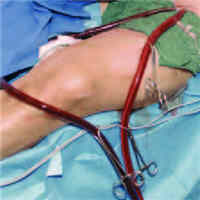
Subclavian vs. Femoral Arterial Cannulations During ECMO
During peripheral extracorporeal veno-arterial membrane oxygenation (VA-ECMO) support, subclavian arterial cannulation provides, in comparison to femoral arterial cannulation, an anterograde flow which may prevent from left... read more
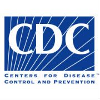
Risk Factors for Severe COVID-19 Outcomes Among Adults Who Completed a Primary COVID-19 Vaccination
In this analysis of data from 465 U.S. health care facilities, severe COVID-19 outcomes (i.e., respiratory failure, ICU admission, or death) were rare among adults aged ≥18 years after primary vaccination. These findings... read more
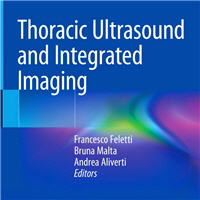
Thoracic Ultrasound and Integrated Imaging
This book focuses on thoracic ultrasound, a versatile, diagnostically accurate, low-cost, noninvasive and non-ionizing imaging technique. Thanks to portable devices, the method can be used to provide quick and accurate diagnoses... read more
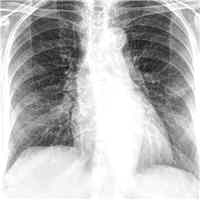
Retrospective Analysis of Chest X-ray Severity Scoring System of COVID-19 Pneumonia
The research will be retrospective, and will include a review of medical history of all patients admitted in the COVID-19 ICU of the University hospital Osijek during 2020 and 2021. Associated comorbidity, hospital admission... read more

Evaluating Vitamin C in Septic Shock
Vitamin C monotherapy failed to significantly reduce mortality in septic shock patients as hypothesized. Our findings do not support its routine clinical use for this purpose. Of 124 subjects receiving study drug and included... read more
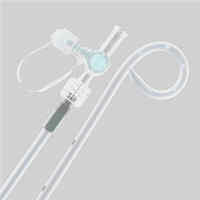
The Small Percutaneous Catheter vs. Large Open Chest Tube For Traumatic Hemothorax
Small caliber 14-Fr PCs are equally as effective as 28- to 32-Fr chest tubes in their ability to drain traumatic HTX with no difference in complications. Patients reported better IPE scores with PCs over chest tubes,... read more

Anticoagulation in COVID-19
Thrombotic complications (arterial and venous) are common in patients admitted to hospital with COVID-19 and are an independent predictor of poor outcome. Microvascular thrombi also contribute to organ dysfunction, including... read more


